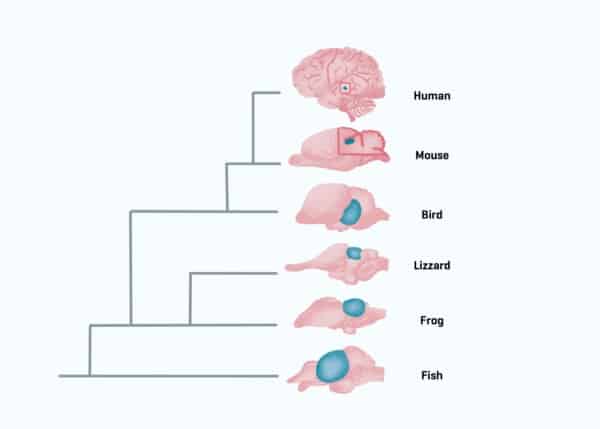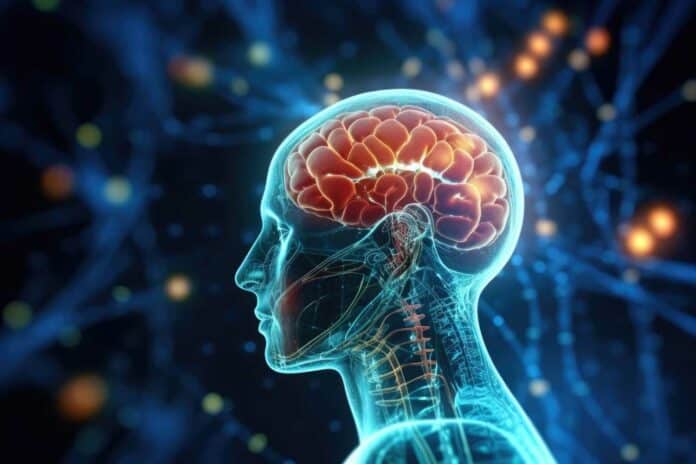Object detection is a crucial ability of the visual system. While the visual cortex is known for its role in this process, the superior colliculus (SC) can also assist in detection even if the visual cortex is not functioning. Recent studies have revealed that the superficial layers of the mouse superior colliculus (sSC) contain information about visual features of complex objects. Surprisingly, this information is not directly inherited from the primary visual cortex, indicating that the mouse sSC might play a significant role in complex object vision.
In a new study, Researchers at the Netherlands Institute for Neuroscience have discovered that the superior colliculus is more crucial for vision than we thought.
In a study, scientists observed mice to understand how they differentiate objects from the background. Mice are a fascinating model for this research because, similar to humans, their brains have two pathways: the visual cortex and the superior colliculus. The researchers trained the mice to recognize shapes against a background, which would appear either on the left or right side of the image. The mice would indicate their observation by licking either the left or right side, showing where the image appeared.

Previous studies demonstrated that mice can still perform object detection tasks even when their visual cortex is deactivated, suggesting the existence of an alternative pathway for visual object recognition. In this study, scientists used optogenetics to deactivate the superior colliculus and observed the impact on the mice’s ability to detect objects. Surprisingly, when the superior colliculus was switched off, the mice showed decreased performance in detecting objects, contrasting with previous findings and indicating that the superior colliculus indeed plays a crucial role in this process.
Alexander Heimel at the Netherlands Institute for Neuroscience: “Our measurements also showed that information about the visual task is present in the superior colliculus, and this information is less present when a mouse makes a mistake. So, its performance in the task correlates with what we’re measuring.”
In humans, the exact role of the superior colliculus in visual processing has yet to be fully understood. While humans also have two parallel visual systems like mice, the visual cortex in humans is much more developed compared to other mammals. As a result, the superior colliculus may play a less significant role in visual processing in humans.
However, the superior colliculus is known to be involved in directing gaze, particularly when responding to sudden movements or stimuli. For example, if someone starts waving their hand, the superior colliculus helps to direct your gaze toward that movement.
Interestingly, individuals who are blind due to a double lesion in the visual cortex may not consciously see anything, but they can often still navigate and avoid objects. This suggests that even without conscious visual perception, the superior colliculus and other brain regions may still contribute to non-conscious visual functions such as spatial awareness and object avoidance.
Scientists noted, “Our research shows that the superior colliculus might be responsible for this and may therefore be doing more than we thought.”
Journal Reference:
- J Leonie CazemierRobin HaakTK Loan Tran et al. Involvement of superior colliculus in complex figure detection of mice. eLife. DOI: 10.7554/eLife.83708
